In my quest for lean superhero-ness, Dave and I are hitting the craptastic gym in our Converse to lift heavy stuff and work on skills...
Read MoreMeet Mark Schneider
This is Mark:
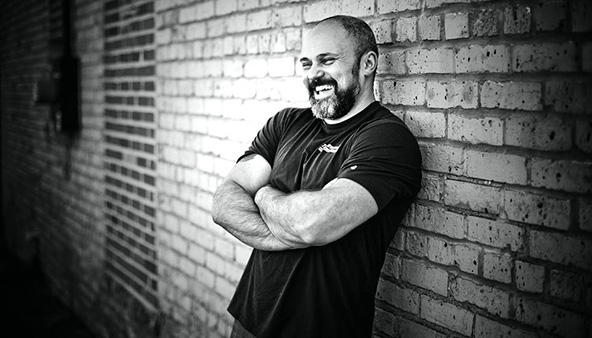
In addition that winning smile, he’s got a huge heart and a giant brain. He’s my coach and trainer. And now he can be yours, too.
Mark is a Movement, Nutrition, and Lifestyle Coach at Movement Minneapolis — a pretty spectacular strength training gym that combines first-rate coaching with biofeedback testing to ensure that clients stay healthy while they get stronger and happier, too. This is what’s on the “About” page for Movement Minneapolis:

So that’s what I’ve been doing with Mark for the past few months. We started where I was — then I backtracked (thanks, thyroid and Candida overgrowth!), then we celebrated a little (with 1 rep maxes… WOOT!), then we backtracked (Diflucan… BOO!). Throughout, I’ve done what I can — and Mark has been supportive, helpful, and encouraging without babying me. He’s simultaneously matter of fact and explicitly positive.
Thanks to the internet, I take Mark with me to the craptastic gym — and the trail around the lake and my kitchen table. My workouts come to me like magic in a Google Drive spreadsheet, and I use the Movement Minneapolis web site to check-in before my workouts and to log my training afterward, just like the clients in Minneapolis do. In fact, when I have a particularly good day, my stats show up on the celebratory computer monitor in the lobby on Lyndale Avenue in Minneapolis. How fun is that?!
Mark is making his online training more widely available — and the fresh, shiny new year is just around the bend — so it seemed like the perfect time to tell you all more about him and how he can help you become even more awesome than you already are.
Meet Mark Schneider
Tell us about The Movement Minneapolis. How is it different from CrossFit, traditional strength training, and big box gyms?
The best way to describe the Movement Minneapolis is that we’re a strength-based gym that honors all types of movement. Our primary focus is growing strong, not only in physique, but in mind, spirit, self-confidence, and the like. We get excited when our members begin to change their real life environments to support them getting better (new jobs, relationships, housing). We have a strong community that spends a good amount of time outside the gym, not talking about gym things.
We are often compared to Crossfit because of the equipment and layout of the gym, but we are pretty much the opposite. Main difference, we aim to make all movement as “effortless as possible. ” This doesn’t mean low weights, but it means not using excessive effort. Another difference is CF primarily focuses on intensity as a measure of progress while we look at Intensity, Density, and Volume. Some days will be moving faster, some days will be moving more, and other days will be moving heavier. It’s not prescribed as to which day is which, this is where the biofeedback testing and elements of effort comes into play.
Failure is the limit most people recognize. However, on the path to failure, you pass a series of limits that we often ignore. These limits are speed, tension, breathing, alignment, and then finally, failure. This is called Elements of Effort (coined by Frankie Faires of Gym Movement). Our position is if you use the biofeedback testing and stop your movements as far from failure as you recognize, you will make perpetual and consistent progress without pain or injury. You expand your ability to do things easily if you practice doing things easily.
Can you explain the biofeedback technique you recommend? What are the benefits of training this way?
Have you ever walked into a space and felt uneasy? Maybe felt like you were in danger or nervous? The body starts to tense up, breathing becomes short. While in other situations, you feel completely at ease and comfortable, and your body is loose and open. This is a passive version of biofeedback. In the gym and the distance program, we teach how to use range of motion to assess if a movement will be good and safe for you vs. dangerous and uncomfortable.
The testing protocol is born out of Faires’ Gym Movement protocol. Having a background in applied kinesiology, I see many similarities between the two, but the packaging of this technique with the elements of effort creates a phenomenal system for safe and continual progress.
We’re not sure how the biofeedback testing works, but it does work. Is it energetic? Neurologic? Mechanical? Does it really matter as long as it works?
We use a range of motion to assess a positive or negative test. First, you find your baseline by reaching for your toes — without any effort — and you stop the instant you feel any tension anywhere. That’s your baseline. After that, you do a particular movement — for example, a squat or deadlift — then you do the same range of motion test afterwards. If you have more range of motion, we can argue that’s a positive test. If you have less range of motion, we call that a negative test.
The first time you do it, you’ll try to find all kinds of reasons to explain how and why it works. Basically, it’s this: You can’t trick your body. Your mind will not win in that discussion.
There’s the parable of the monkey and the elephant. The monkey represents the mind and the elephant represents emotion or the subconscious energy or whatever label you want to give it. The monkey can drive the elephant and guide it easily as long as the elephant agrees about where to go, but the moment the elephant decides it doesn’t want to follow the monkey’s orders, the monkey has no hope of controlling that elephant.
We all try to fool ourselves into thinking our monkey — our logical mind — can control where our elephant is going. But the moment that we give voice to our subconscious elephant, we’ll see that our emotional/energetic state is going to dictate what’s best for us. We can’t fool it.
The only thing we really ask our members is to trust the test. Even if it goes against what your monkey mind is telling you… just trust the test.
NOTE FROM MEL: The first few times you do the test, you’ll want to assume that something tests better because you’re more warmed up after the first movement or it tests better because you like that movement more. Wrong! Believe me, I’ve tried to trick it by repeating tests, switching the order of tests, adding or subtracting weight from my tests. IT DOESN’T MATTER! The test doesn’t lie.
Moving from training to food… you know I’m mostly a Whole30 girl. What’s your nutrition philosophy? What eating guidelines do you recommend to your clients?
I’ve dealt with everything from people with clinical issues like diabetes to cardiovascular risk, anything from Alzheimer’s, attention deficit, metabolic factors, epigenetic factors… Chinese medicine… how food affects psyche and energy levels… traditional medicine… Central American shamans and village healers using food in a spiritual and medicinal manner. When I joined the “healthy” world, the gym world, the lifting world, I got an express exposure to paleo diet, zone diet… all of the book diets.
My nutrition philosophy is you need to find a way to enjoy food, one way or another.
Part of it could be a very specific, clinical approach, in order to fix underlying physiology and biology that will give you the ability to enjoy food — like if you’re suffering from hormonal issues, irritable bowel, or leaky gut and the associated food allergies. In those cases, you’re not going to enjoy food because it can be a pain trigger.
And you do have to deal with that underlying physiology, but you still have to find a way to do it that doesn’t stress out the psyche.
I use a spectrum with Therapeutic Diets on the far left, Genetic Happy Place diets in the middle, and Performance Diets on the far right. In the middle is where you just eat and are not consumed with eating and food. Its just a part of daily life versus what daily life is about. The two extremes on the left and right require more attention, more restriction, maybe less fun, and more mental stress. The far left is restriction because of need. The far right is restriction because of want.
My main thing is to approach food changes slowly unless there’s a distinct clinical issue. There’s a hierarchy of stress that you should take on, depending on the severity of the condition. If you’re not in a diseased state, you don’t need to approach food from a therapeutic perspective. If you are in a diseased state, you might have to be more strict and less joyful, at least for a little while.
I think of it this way: Cook, eat food, don’t eat alone, and have fun with it. If you’re healthy, these things will get you to your genetic happy place. That’s where the body is happy, balanced, easy to maintain. There’s no particular stress or effort that goes into maintaining it.
If you want to push past your genetic happy place — to more muscle, less fat, stronger, faster — then you’re going past the genetic happy place to performance dieting. That’s fine, too, but it’s important to make the distinction. In the general population, we’ve confused “genetic happy place” with performance dieting. It’s important to remember that there are three ways to shape your diet: There are therapeutic diets to correct health issues, the genetic happy place to get you to a natural, balanced state, and goal-based diets that are targeted at reaching a particular goal.
What do you eat? Are you a cook?
I am a cook, but only if I’m cooking for other people. When I’m just dealing with myself, I eat pretty much whatever I can easily get into my mouth. My most recent meal involved a cucumber, an avocado, a can of tuna, and a banana… all eaten separately. That’s how I eat for myself. I’m a simple person. It’s fine. I don’t want to waste an experience around food alone.
When I have other people around, I go to extremes. I want people to experience smells, textures, flavors, different temperatures, and the food has to be plated correctly. I used to make scenes on plates with strawberries and star fruit.
My hands-down favorite for cooking for other people is a Cuban hash with beef, sweet potato, raisins, and olives, all simmered with cinnamon and oregano. I like hash dishes, that concept of it being the food of lower classes. There’s something beautiful about saying, “This is all we have; let’s mix it together.” It’s romantic. I also like to make Indian food and Chicken Mole with true Oaxacan dark chocolate, and I want to explore Ethiopian. I’m a horrible baker! I’m not good at following instructions.
What’s one thing you will not, cannot, do not want to eat?
I avoid textures more than anything else. I don’t like sticky. I know this is sacrilegious for most of America, but… I really don’t like peanut butter. It’s the stickiness. I have to avoid that stickiness. And, while I’m being honest, I don’t like coffee that much either.
You can have dinner with any characters from movies, TV, or books that you want. Table for 8. Who’s at the table?
I don’t watch TV, so I don’t really have a list of characters, but my favorite food scene in a movie is the birthday dinner scene from Chocolat. I love it! They can’t talk because the food is so incredible. They’re just enjoying every moment of the food and each other and laughing.
Explain how remote training works and what a remote client can expect. How can people get started with you?
They can visit the Movement Minneapolis web site to see what we’re all about, then to get started, they can email me directly (mark at movementminneapolis dot com). I’ll do a 15-minute consult to see if we would be a good fit, then we’ll go from there.
To expand a little bit… we start with wherever the client is comfortable. We can start with diet or workouts, but eventually, all aspect of lifestyle will be addressed. Food, exercise, movement in general, lifestyle, social circles, work, sleep, physiological issues. My main focus is about choice. I want to help you make choices to get better, feel better, keep progressing — and help you make the decisions in your life to support that pattern. But it starts with food and exercise.
Anything else you want people to know about you?
I’m not attached to your outcome. I’m not going to be disappointed if you follow through or not. But at the same time, I want you to succeed in your particular goal, maybe even more than you want you to succeed. I will be your biggest cheerleader, but I definitely will not be disappointed if things don’t go according to plan.
![]()
So, my friends, that’s Mark. If you’re thinking about getting some pro help with fitness, nutrition, and just generally having a great life, I recommend you get in touch with Mark. I think the reasons I endorse Mark are pretty clear from his answers above, but if not, there’s also this:
More Like This...
In my quest for lean superhero-ness, Dave and I are hitting the craptastic gym in our Converse to lift heavy stuff and work on skills...
Read More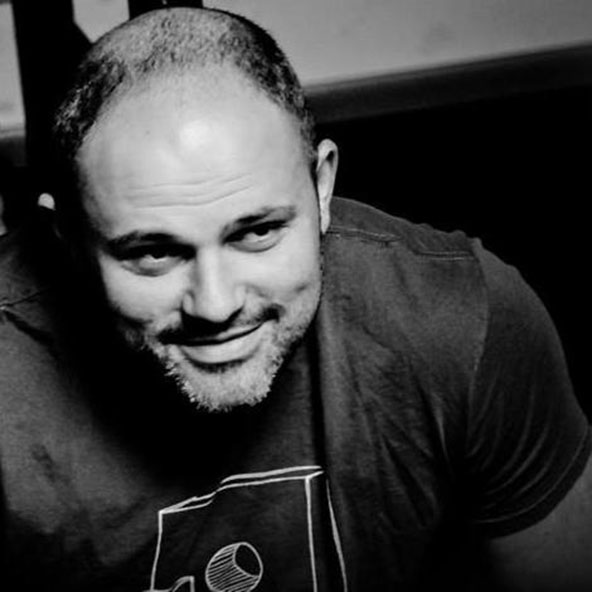
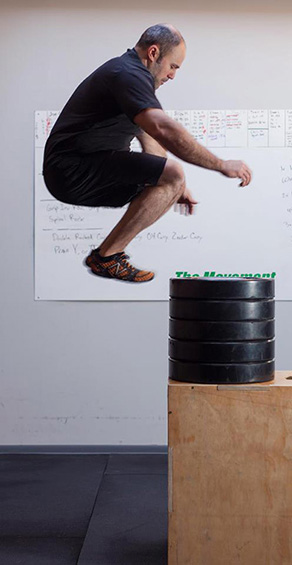
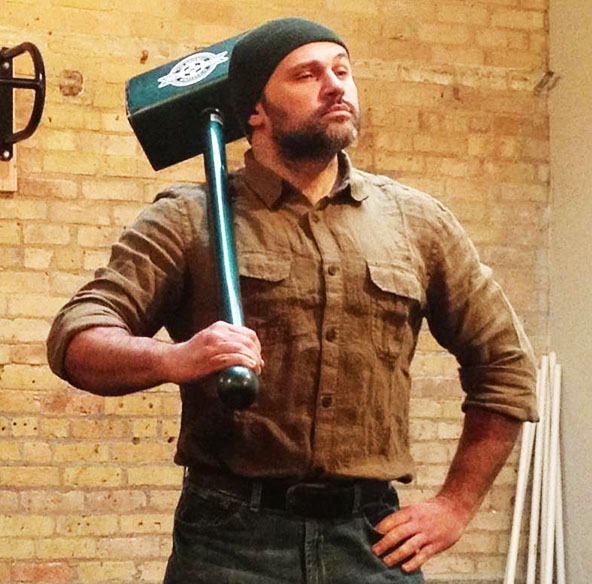
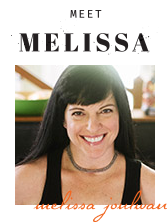

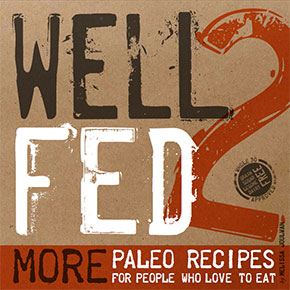


well isn’t he the yummiest thing i’ve seen in a while…
LOVE his nutrition philosophy! That’s the most concise and rational explanation of how we should construct our diets I’ve ever heard. And I agree with Karen, yummy!
Mark has really smart things to say about eating — hard to fight against his sound arguments 🙂
I hurt my back recently, and I’ve been playing around with some of the biofeedback protocols (via Dave Dellanave at Movement Minn). It’s honestly nothing short of amazing.
I’ve been surprised and delighted by how well the biofeedback testing helps me manage my workouts. Definitely a better approach than when I was doing CrossFit and grinding myself into the ground 3X a week.